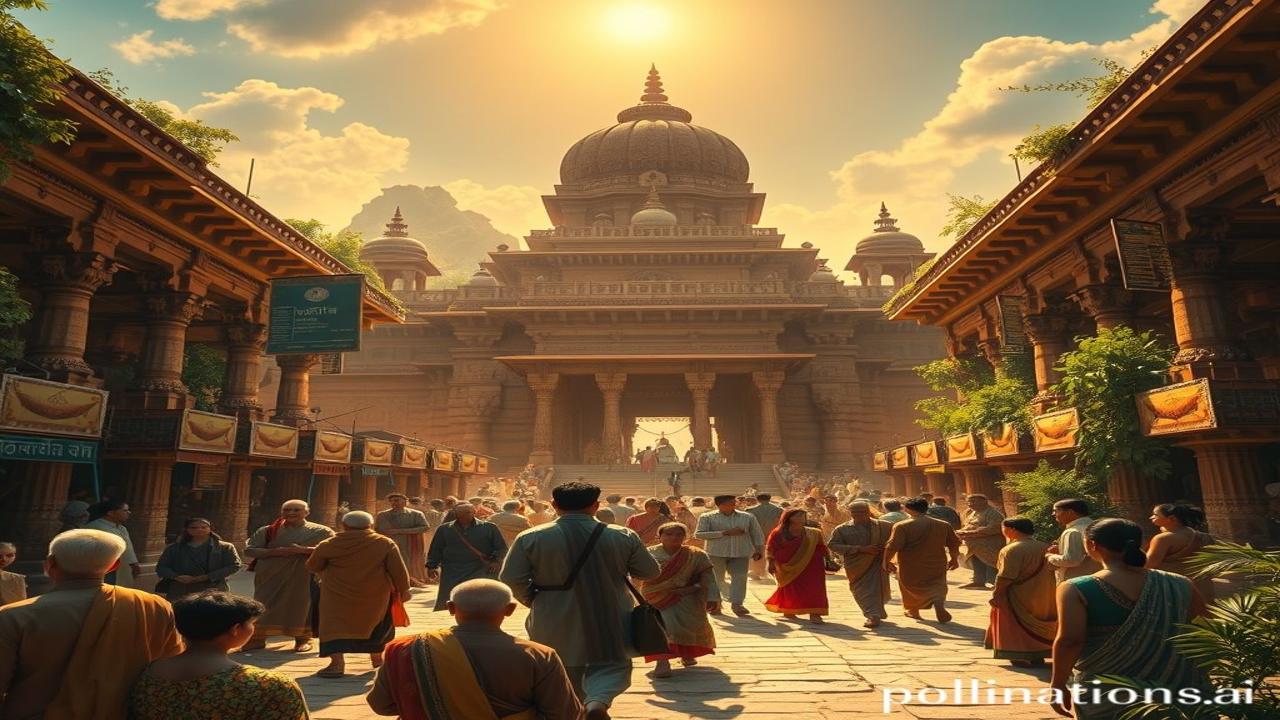Takshashila: A Journey Back to India’s Ancient Seat of Learning
Kabhi socha hai, agar hum waqt mein peeche jaa sakte, toh Takshashila ki hawa kaisi hoti? Imagine the scent of sandalwood mingling with the dust from scholars’ sandals, the rhythmic chanting of mantras blending with the rustle of palm leaves filled with ancient wisdom. Let’s embark on a journey, not just through history books, but through the very essence of what made Takshashila, India’s ancient beacon of knowledge, so incredibly special.
The Dawn of Wisdom: Takshashila’s Historical Canvas
Takshashila, also known as Taxila, wasn’t just a city; it was a living, breathing university complex that flourished around the 7th century BCE. Located in what is now modern-day Pakistan, this ancient hub predates many renowned universities around the world. Think of it as India’s very own Oxford or Cambridge, but with a desi twist. Its significance lies not just in its antiquity but in its groundbreaking approach to education, its inclusivity, and the sheer breadth of subjects it offered. Raja Janmejaya is also credited for performing the sarpa medha yagna at Taxila. This place holds immense cultural and historical significance for Indians.
While we often hear about Nalanda, Takshashila’s contribution to shaping intellectual thought across Asia is undeniable. It attracted students and scholars from far and wide, becoming a melting pot of ideas and cultures. This was a centre for both Hindu and Buddhist philosophies.
Life in Takshashila: More Than Just Books
Imagine a bustling city, not of grand palaces, but of modest ashrams and kutis where students and teachers lived, learned, and debated. Forget the rigid curriculum of today; Takshashila offered a flexible system where students could specialize in subjects that truly ignited their passion.
“Acharya, aaj hum Ayurveda par kitna samay denge?” a young student might ask his guru.
“Beta, aaj hum nabz ka rahasya samjhenge, aur prakriti ke saath uski gehrai bhi,” the guru would reply, leading him to a garden filled with medicinal plants.
Rulers like Chandragupta Maurya are believed to have been educated here, learning statecraft and strategy that shaped an empire. Artisans honed their skills, warriors mastered martial arts, and doctors perfected their healing practices – all under the watchful eyes of learned gurus. The daily life was steeped in tradition, discipline, and a deep respect for knowledge.
Imagine the aroma of freshly cooked meals, prepared by students and teachers together, wafting through the air. The evenings were filled with storytelling, debates, and the soft glow of oil lamps illuminating scrolls filled with ancient wisdom.
The Enduring Legacy: Takshashila in Modern India
Even though the physical structure of Takshashila lies in ruins today, its spirit lives on in India’s enduring emphasis on education and its rich tradition of guru-shishya parampara. The values of knowledge, discipline, and holistic learning that were nurtured within its walls continue to resonate with Bharatiyata (Indianness).
We see echoes of Takshashila’s inclusive approach in our modern education system, where students from diverse backgrounds come together to learn and grow. The emphasis on practical skills, evident in Takshashila’s vocational courses, is also reflected in the increasing focus on skill development in contemporary India.
The spirit of enquiry and intellectual curiosity that defined Takshashila remains a cornerstone of our cultural identity. It encourages us to question, explore, and seek knowledge, not just for personal gain, but for the betterment of society.
Fun Fact: Takshashila – The Original Open University?
Log samajhte hain ki Takshashila sirf Brahmanon ke liye thi, lekin asli sach yeh hai ki yeh sabhi ke liye thi! Students from all varnas and backgrounds were welcomed. This was a true testament to the inclusive spirit of ancient Indian learning, a far cry from the elitist image sometimes portrayed. It truly was the first open university.
A Symphony of Senses: Imagining Takshashila Anew
Imagine the feeling of cool stone beneath bare feet as you walk through the ancient courtyards. The air smells of incense and the earth, a heady mix that awakens the senses. The sound of chanting blends with the chirping of birds, creating a symphony of tranquility. The temple walls feel smooth and cool to the touch, whispering stories of wisdom and enlightenment.
The Echoes of Wisdom
Takshashila may be a ruin, but its story continues to inspire. It reminds us that true knowledge lies not just in books, but in the pursuit of truth, the cultivation of wisdom, and the dedication to a life of learning.
“Vidya dadati vinayam, vinayat yati patratam;
Patratvat dhanam apnoti, dhanat dharmah tatah sukham.”
(Knowledge gives humility, from humility comes worthiness;
From worthiness one gets wealth, from wealth one does righteous deeds and then happiness.)
Let the spirit of Takshashila guide us, reminding us of the power of knowledge to shape individuals, societies, and the very destiny of nations.
